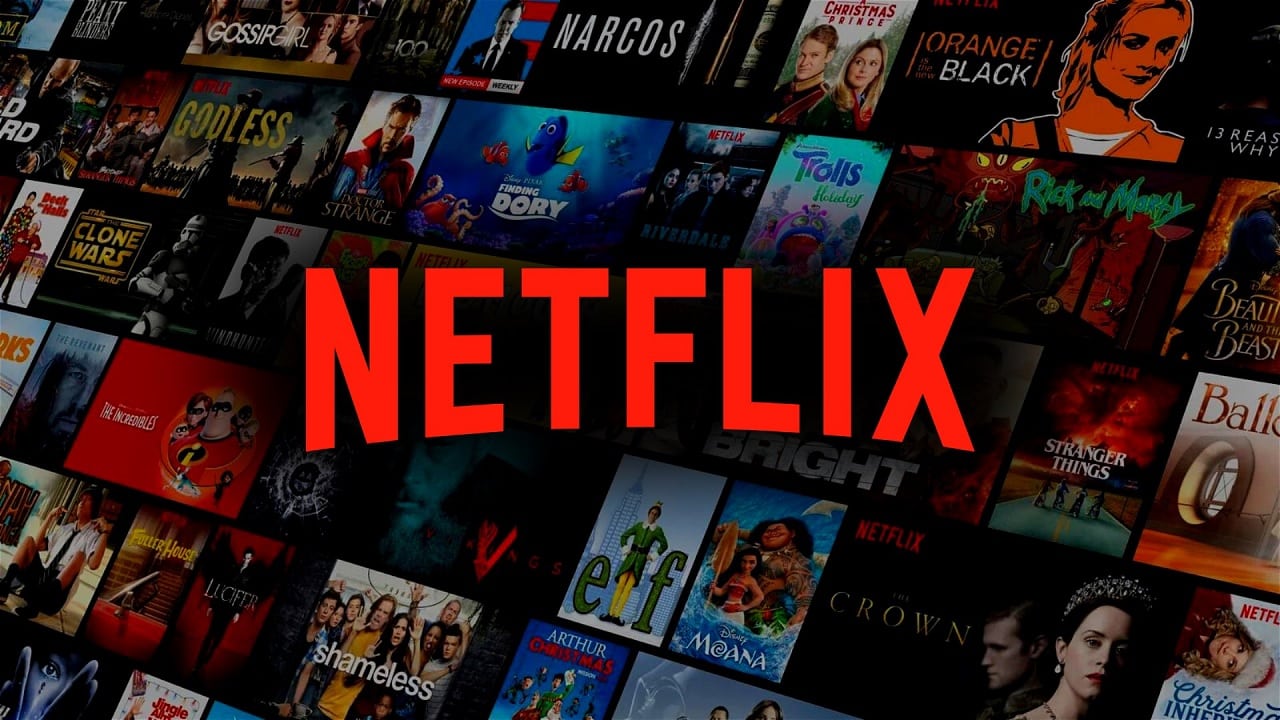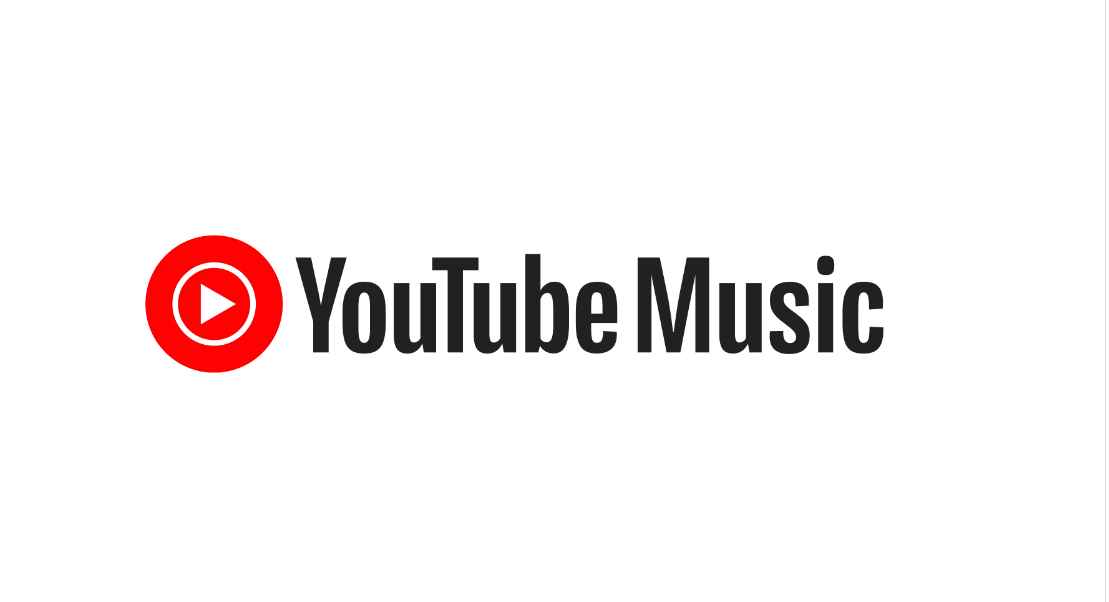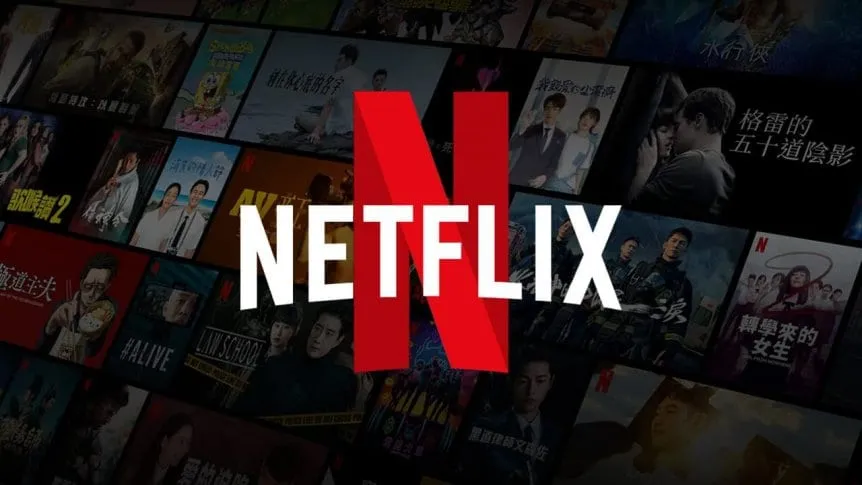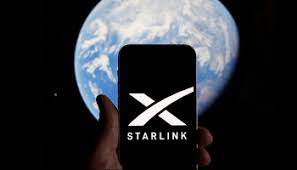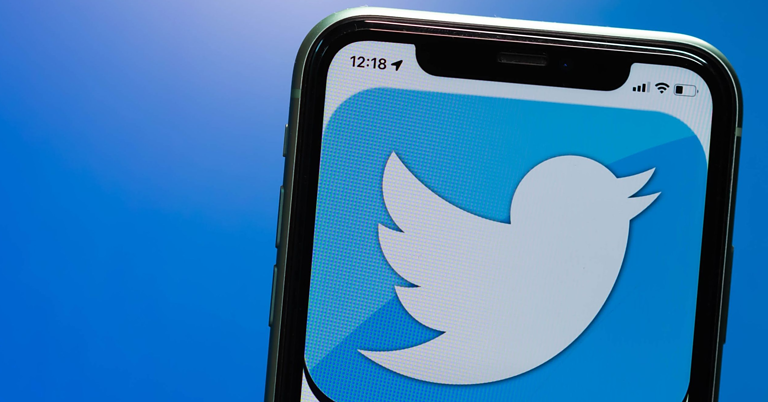On Wednesday, Netflix introduced improved language options for TV viewers, enabling them to choose from the entire list of dubbing languages and subtitles for any title.
According to the company, the update aims to make Netflix’s global library more accessible, as non-English language shows now account for almost one-third of its total viewership.
Popular shows that are available in multiple languages, like the Oscar-winning German film All Quiet on the Western Front, the Spanish television series Berlin, and the South Korean drama Squid Game, have been able to draw viewers from outside of their home country.
Although the precise number of languages available may differ by title, Netflix claimed to offer audio dubbing in 36 languages and subtitles in 33 languages throughout its library. In the past, only a few languages were available for viewers.
After receiving thousands of language availability requests each month, Netflix said it made the decision to modify TV’s limited language availability feature. According to the company, the feature is already accessible on web browsers and mobile devices.
Netflix 2024 revenue growth
At the end of the previous year, Netflix had over 300 million subscribers. The streaming behemoth reported a $1.87 billion profit in the last quarter of 2024 on $10.25 billion in revenue, a double-digit increase over the same period the previous year. Netflix’s stock surged over 10% to $960.60 in post-market trading.
Read Also: MTN to rival Netflix and Showmax in Africa with new streaming platform
In a letter to shareholders, Netflix executives stated, “We enter 2025 with strong momentum, coming off a year with record net additions—41 million—and having reaccelerated growth.”
They went on to say that Netflix is in a “leadership position” in terms of revenue and profit in a market that is still growing, as well as engagement, which is roughly two hours per day per paid member.
“Our business remains intensely competitive with many formidable competitors across traditional entertainment and big tech,” Netflix executives said.
“We have to continue to improve all aspects of Netflix – more series and films our members love, a great product experience, increased sophistication in our plans and pricing strategy, including more advertising capabilities – and grow into new areas like live programming and games.”
Significant contribution of Squid Game to Netflix 2024 growth
Netflix had a solid lineup at the end of the previous year, which included a second season of the popular show, Squid Game. The most-watched Netflix TV show ever is still the dystopian Korean horror story about a deadly game.
Read Also: Spotify to debut high-end Music Pro tier in 2025
Among the most important works in establishing South Korea as a global cultural powerhouse, along with the Oscar-winning movie Parasite and K-pop megastars BTS, is the ultra-violent story Squid Game, which explores themes of inequality and division.
Netflix prioritising ads in 2025
In countries where they are available, the streamer reported that over 55 percent of signups were for its ad-supported plans, which increased by almost 30 percent from the previous quarter. This year, Netflix has made expanding its ad business a top priority.
During a crackdown on password sharing in late 2023, the company launched an ad-subsidised offering in an attempt to boost sputtering growth.
Netflix 2025 revenue projection
Netflix anticipates $43.5–44.5 billion in revenue in 2025 and aims for a healthy operating margin of 29 percent.
Netflix is regarded as the market leader in video content, while Disney+ is still having trouble following its November 2019 launch, which included a tonne of new content from its popular Marvel and Star Wars franchises.
Netflix’s stock has risen 80 percent in the last year, outpacing the NASDAQ and S&P 500 indices by a wide margin.
